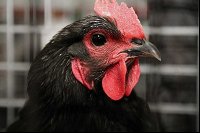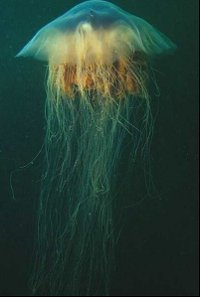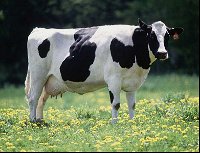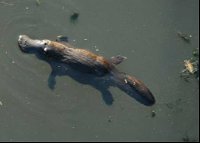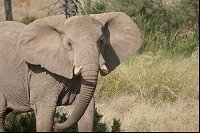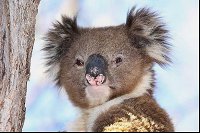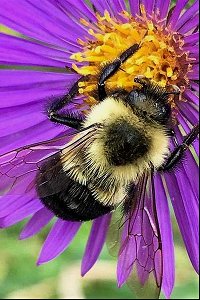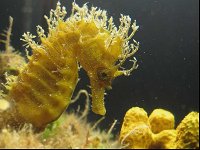
Animal Cousins Trivia Quiz
Modern DNA testing has allowed scientists to make some extraordinary discoveries regarding animal relationships. See if you can match the animal in the picture with one of its closest relatives that is either living or extinct.
by ponycargirl.
Estimated time: 3 mins.
